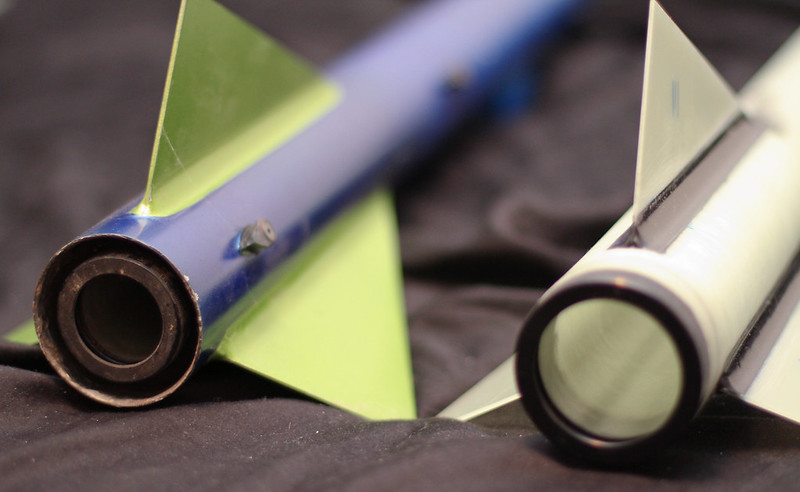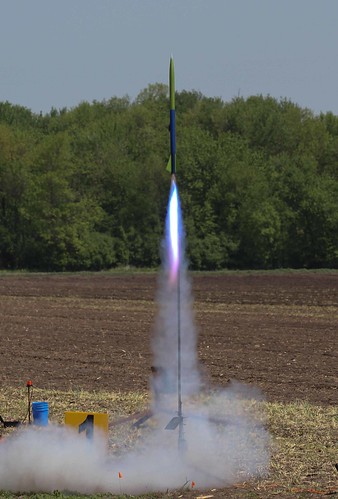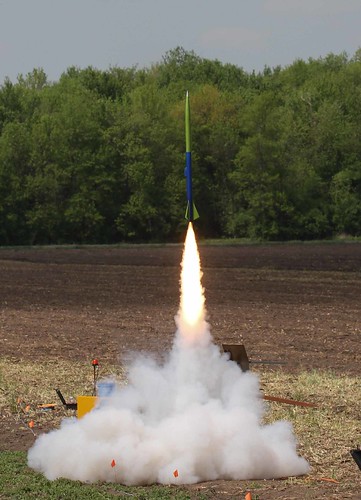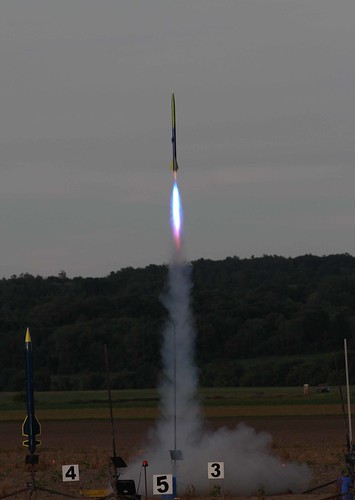dhkaiser
Well-Known Member
- Joined
- Nov 27, 2014
- Messages
- 413
- Reaction score
- 11
Are internal fillets really necessary?
I have just finished building a Madcow 2.6" FG DX3 SD. There were no references in the instructions to internal fillets. In the next few weeks I will construct a Madcow 2.6" FG Tomach, again no internal fillet instructions. If Madcow does not feel internal fillets are necessary, why should I consider them? Extra peace of mind? Desire to over build?
Surely Madcow would include them if it were required. Seems they will add extra weight for little on the plus side.
I have just finished building a Madcow 2.6" FG DX3 SD. There were no references in the instructions to internal fillets. In the next few weeks I will construct a Madcow 2.6" FG Tomach, again no internal fillet instructions. If Madcow does not feel internal fillets are necessary, why should I consider them? Extra peace of mind? Desire to over build?
Surely Madcow would include them if it were required. Seems they will add extra weight for little on the plus side.













